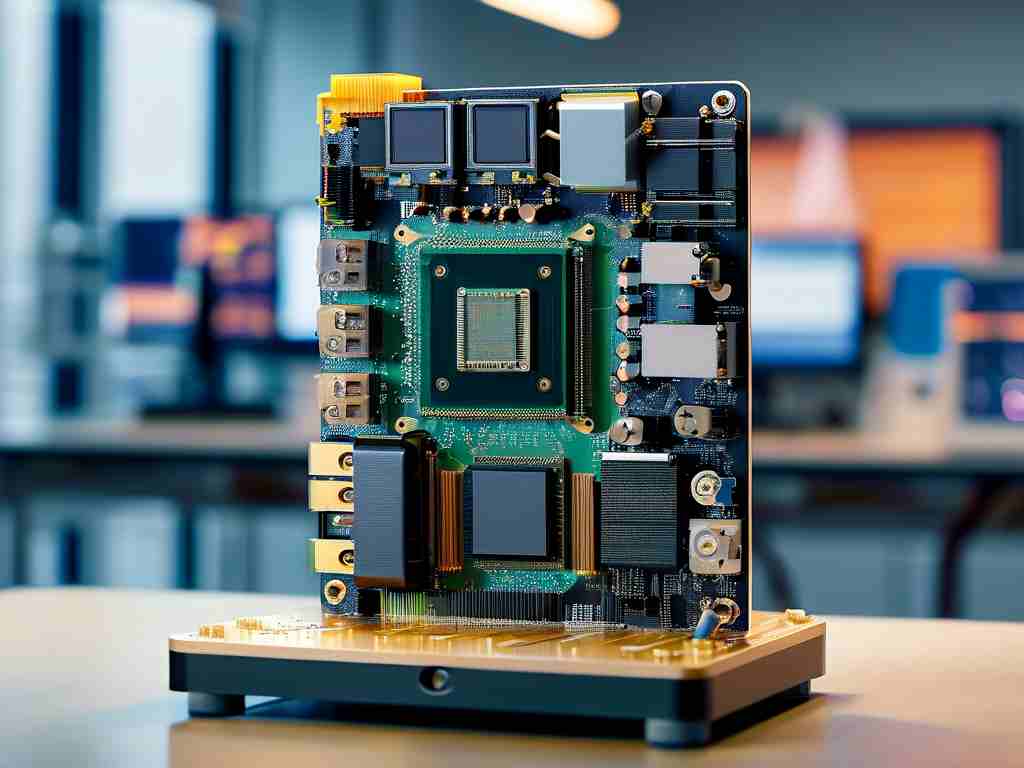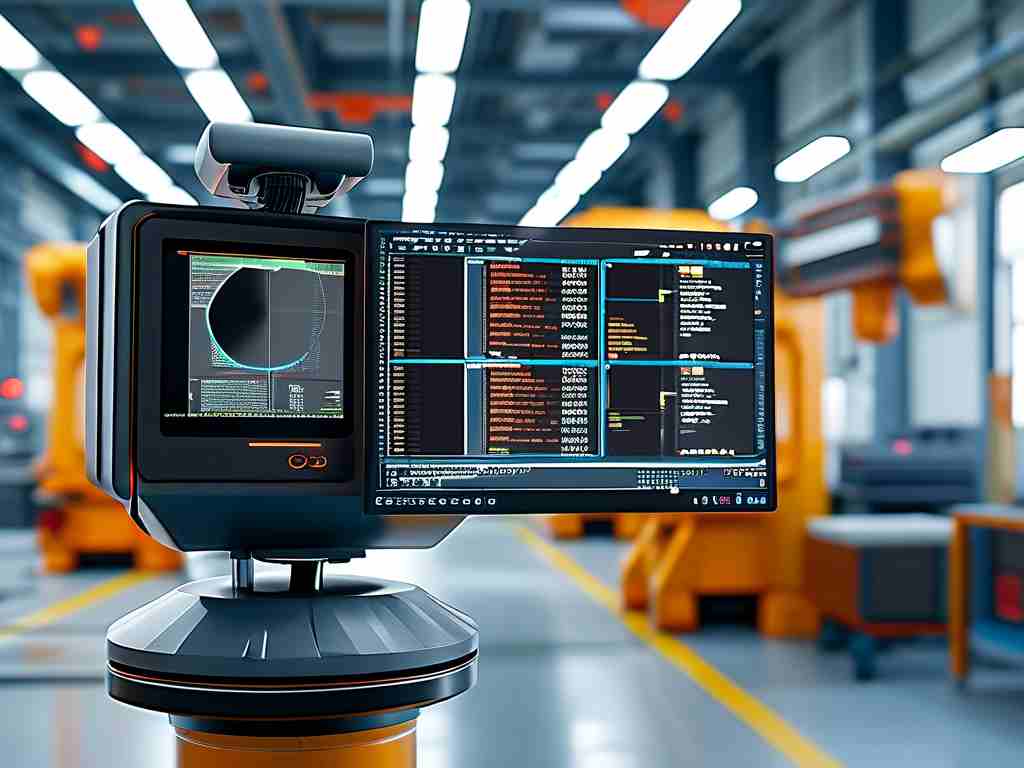The demand for skilled embedded application developers in Nanjing has surged in recent years, driven by the city’s growing reputation as a technology and innovation hub. Companies across industries such as IoT, automotive systems, industrial automation, and consumer electronics are actively seeking professionals who can design, optimize, and maintain embedded software solutions. This article explores the current hiring landscape, key skills employers prioritize, and tips for candidates aiming to thrive in Nanjing’s competitive embedded systems sector.

Industry Growth and Opportunities
Nanjing’s strategic focus on advancing its tech ecosystem has attracted both domestic and international firms specializing in embedded technologies. Startups and established enterprises alike are investing in R&D centers, creating roles for developers proficient in low-level programming, real-time operating systems (RTOS), and hardware-software integration. For instance, automotive companies in Jiangsu Province are recruiting embedded engineers to work on electric vehicle control systems, while smart device manufacturers require expertise in ARM-based microcontroller programming.
A local semiconductor company recently posted a job listing for an embedded developer with experience in Linux kernel customization and driver development. The role emphasizes collaboration with hardware teams to debug board support packages (BSPs) for custom PCBs—a common requirement in Nanjing’s hardware-driven projects.
Key Skills in Demand
Employers consistently highlight the following competencies:
- Proficiency in C/C++: Mastery of these languages is non-negotiable, as they form the backbone of embedded systems programming.
- RTOS Expertise: Familiarity with FreeRTOS, Zephyr, or VxWorks is critical for time-sensitive applications.
- Hardware Interaction: Understanding schematics, datasheets, and communication protocols (UART, SPI, I2C) is essential.
- Debugging Tools: Experience with JTAG debuggers, logic analyzers, and oscilloscopes is highly valued.
A code snippet below illustrates a typical embedded task—configuring a GPIO pin on an STM32 microcontroller:
#include "stm32f4xx.h"
void GPIO_Config(void) {
RCC->AHB1ENR |= RCC_AHB1ENR_GPIOAEN; // Enable GPIOA clock
GPIOA->MODER |= GPIO_MODER_MODER5_0; // Set PA5 as output
GPIOA->OTYPER &= ~GPIO_OTYPER_OT_5; // Push-pull mode
}
Salary Trends and Career Growth
Entry-level embedded developers in Nanjing earn an average annual salary of ¥120,000–¥180,000, while senior roles with 5+ years of experience can command ¥300,000 or higher. Companies often supplement offers with stock options, performance bonuses, and training programs. Career advancement typically follows a path from developer to team lead, systems architect, or R&D manager, depending on technical depth and leadership capabilities.
Navigating the Job Market
Candidates should tailor resumes to highlight project-specific achievements, such as reducing latency in a sensor data pipeline or optimizing power consumption for battery-operated devices. Networking through events like the Nanjing Tech Summit or online forums (e.g., EE Stack Exchange) can also uncover unadvertised opportunities.
For employers, emphasizing project diversity and professional development opportunities helps attract top talent. One Nanjing-based IoT firm reported a 40% increase in qualified applicants after showcasing its work on edge AI applications during recruitment campaigns.
Nanjing’s embedded application development sector offers dynamic opportunities for engineers willing to deepen their technical expertise and adapt to evolving industry demands. By aligning skills with market needs and leveraging Nanjing’s collaborative tech community, both job seekers and employers can achieve long-term success in this fast-paced field.









